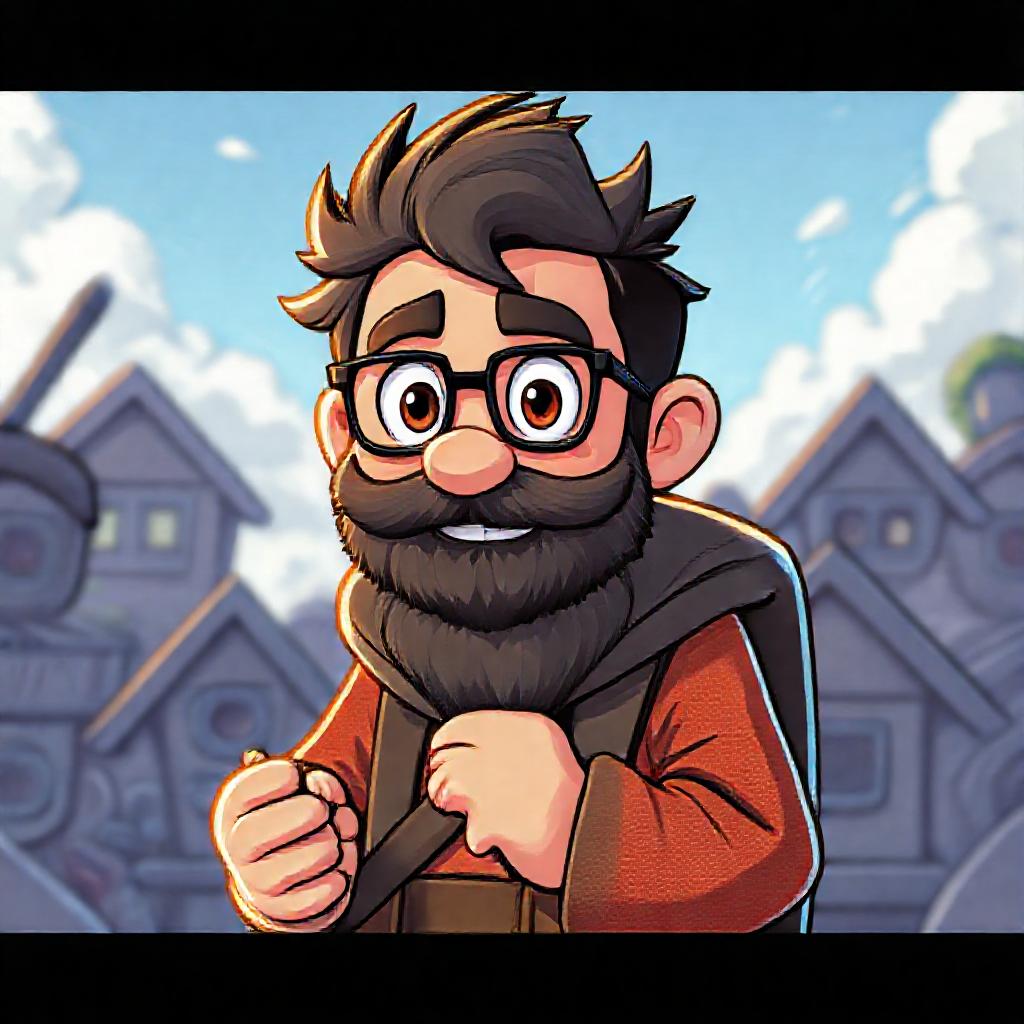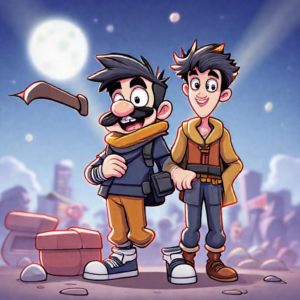Often dismissed as mere entertainment for children, cartoons hold a far more significant and multifaceted position in our global culture. From their humble beginnings as simple line drawings to the sophisticated, immersive worlds we witness today, animated narratives have consistently transcended age barriers, offering profound insights, shaping perspectives, and even driving social change. This post delves into the rich tapestry of cartoons, exploring their historical evolution, their impact on learning and societal discourse, and the intricate artistry that brings them to life.
The Enduring Allure of Animated Storytelling
The magic of cartoons lies in their ability to defy reality, creating universes where anything is possible. This boundless freedom allows creators to explore complex themes, build unforgettable characters, and tell stories that resonate deeply with audiences of all ages.
From Page to Screen: A Brief History
The concept of sequential imagery telling a story dates back centuries, but modern cartoons began to take shape in the late 19th and early 20th centuries. Early pioneers like Émile Cohl and Winsor McCay laid the groundwork, transforming static drawings into moving pictures. The golden age of Hollywood animation, spearheaded by studios like Walt Disney and Warner Bros., popularized iconic characters and established animation as a powerful entertainment medium. Today, the landscape is incredibly diverse, encompassing everything from traditional hand-drawn cel animation to cutting-edge computer-generated imagery (CGI) and stop-motion.
The Power of Visual Language
Cartoons communicate universally through visual language. Exaggerated expressions, vibrant colors, and dynamic movement convey emotions and narratives that can bypass language barriers. This innate accessibility makes them incredibly effective tools for storytelling, allowing creators to simplify complex ideas, evoke empathy, or elicit laughter with remarkable efficiency. The visual shorthand of a cartoon can often convey more nuance and impact than pages of text.
More Than Just Child’s Play: Educational and Social Impact
To view cartoons solely as children’s entertainment is to overlook their immense capacity for education, social commentary, and cultural preservation.
Shaping Young Minds: Learning Through Animation
For decades, educational cartoons have been instrumental in early childhood development. Shows like Sesame Street and Blue’s Clues seamlessly integrate learning objectives into engaging narratives, teaching everything from alphabet and numbers to problem-solving and social-emotional skills. Cartoons can simplify abstract concepts, making subjects like science, history, and mathematics more digestible and enjoyable for young learners. They foster creativity, spark curiosity, and help children develop a sense of imagination that is crucial for cognitive growth.
Mirroring Society: Commentary and Critique
Beyond the classroom, cartoons often serve as powerful vehicles for social and political commentary. Satires like The Simpsons, South Park, and editorial cartoons in newspapers provide sharp, often humorous, critiques of societal norms, political figures, and contemporary issues. They can tackle sensitive topics, challenge authority, and provoke thought in ways that other media might find difficult. By exaggerating reality, cartoons can highlight absurdities and injustices, prompting audiences to reflect on the world around them and sometimes even inspiring social change.
The Art and Craft Behind the Magic
The creation of a cartoon is a meticulously crafted endeavor, blending artistic skill with technological innovation.
Evolving Techniques: Hand-Drawn to CGI
- Traditional Animation: Involves drawing and painting each frame by hand, a labor-intensive process that yields a distinct, fluid aesthetic.
- Stop-Motion Animation: Uses physical models manipulated frame by frame, creating a unique tactile quality.
- Computer-Generated Imagery (CGI): Dominant today, allowing for incredible detail, complex movements, and vast digital environments, revolutionizing what’s possible in animation.
Each technique offers unique expressive possibilities, chosen by creators to best serve their story and artistic vision.
The Psychology of Character Design
A successful cartoon character is instantly recognizable and emotionally resonant. Character designers employ principles of psychology and visual communication to create personas that evoke specific feelings. Whether it’s the innocent wide eyes of a Disney princess or the exaggerated features of a Looney Tunes character, every line, color, and proportion is carefully considered to convey personality, motivation, and relatability, fostering a strong connection with the audience.
The Future of Animation: New Horizons
The world of cartoons continues to evolve at an astonishing pace, driven by technological advancements and creative innovation.
Interactive Experiences and VR/AR
The advent of virtual reality (VR) and augmented reality (AR) promises to transform cartoon experiences, allowing audiences to step inside animated worlds and interact with characters in unprecedented ways. Interactive storytelling, where viewers influence the narrative, is also gaining traction, blurring the lines between passive viewing and active participation.
Global Reach and Cultural Exchange
Streaming platforms have democratized access to animation from around the globe, fostering a rich cultural exchange. Audiences can now easily discover diverse animation styles and narratives from Japan (anime), Korea, Europe, and beyond. This global accessibility not only broadens our perspectives but also encourages animators worldwide to push creative boundaries and tell stories that resonate across cultures.
Conclusion
From their foundational role in early education to their sophisticated function as social commentators, cartoons are undeniably a powerful and pervasive force in our world. They are a testament to human creativity, an endless canvas for imagination, and a vital medium for communication across generations and cultures. So, the next time you encounter an animated feature, remember that you’re not just watching “giggles”—you’re engaging with a profound art form that shapes minds, mirrors society, and continually redefines the boundaries of storytelling.


